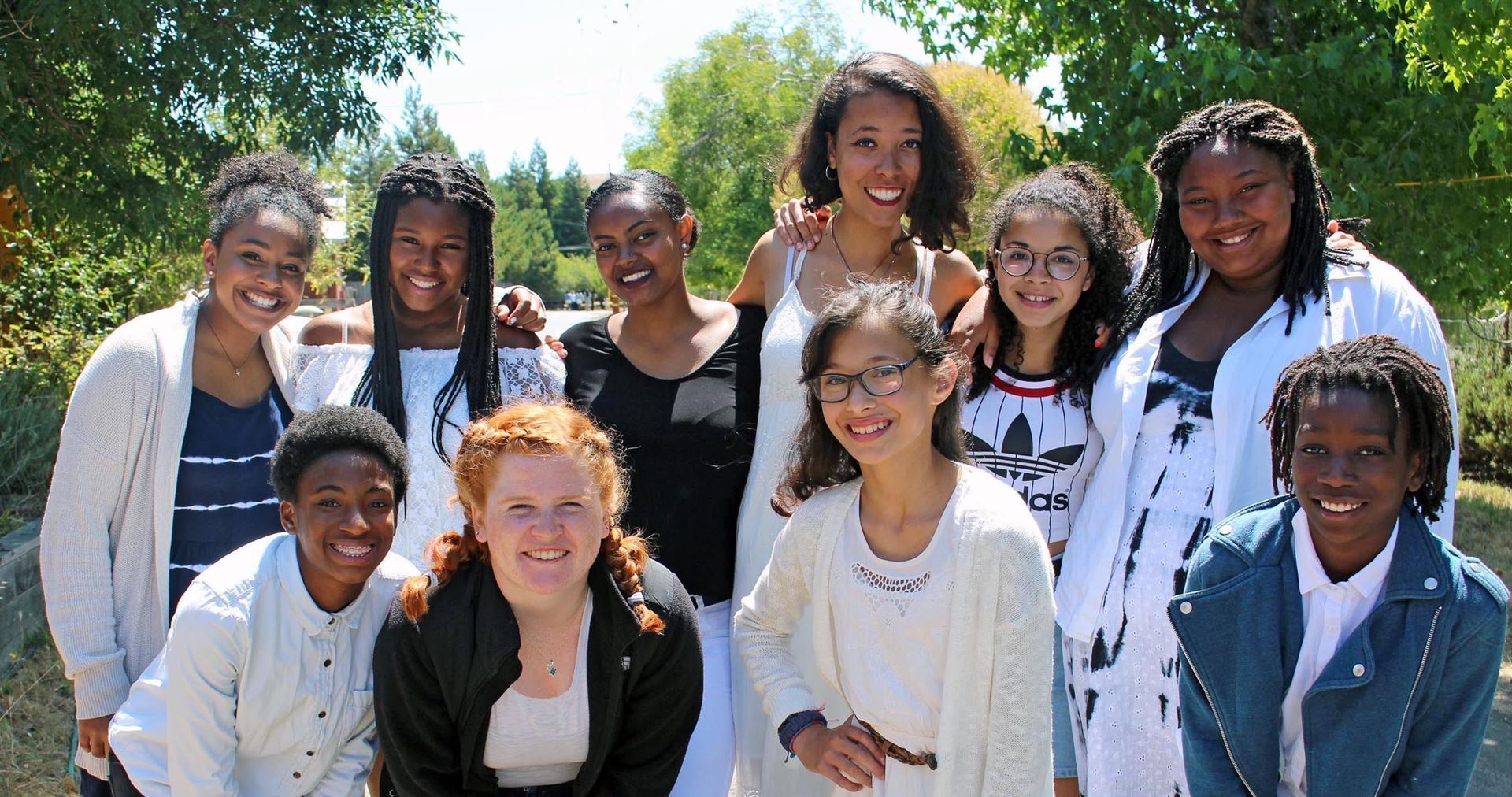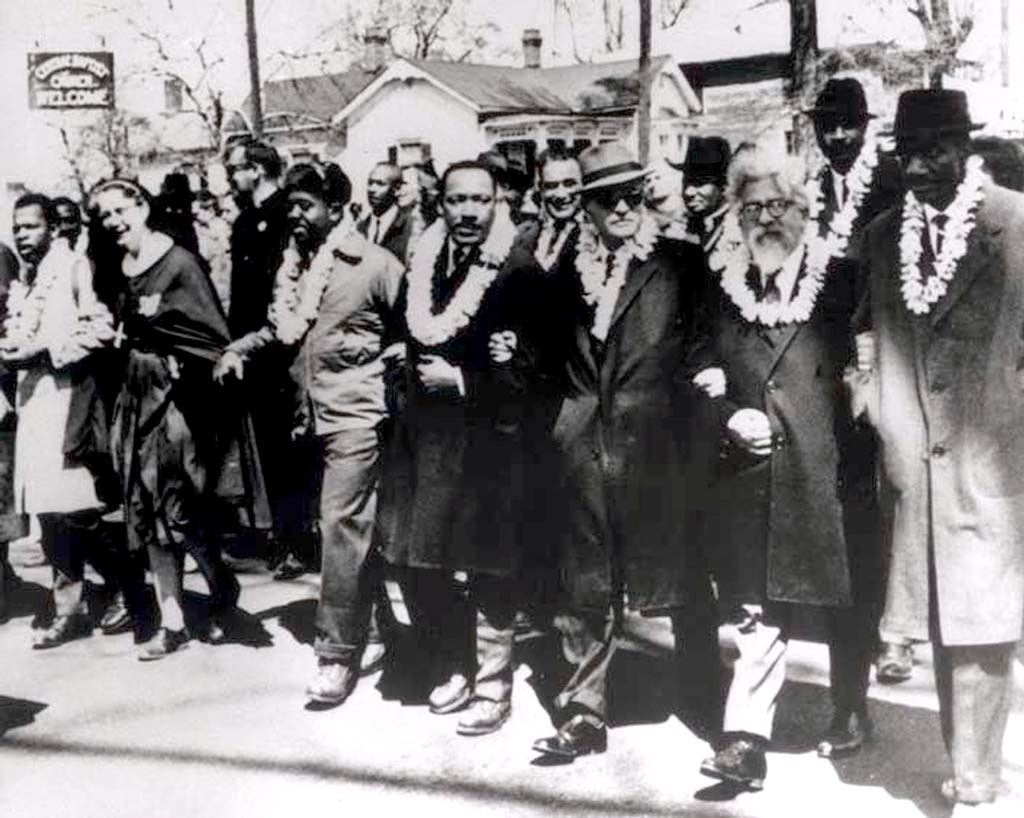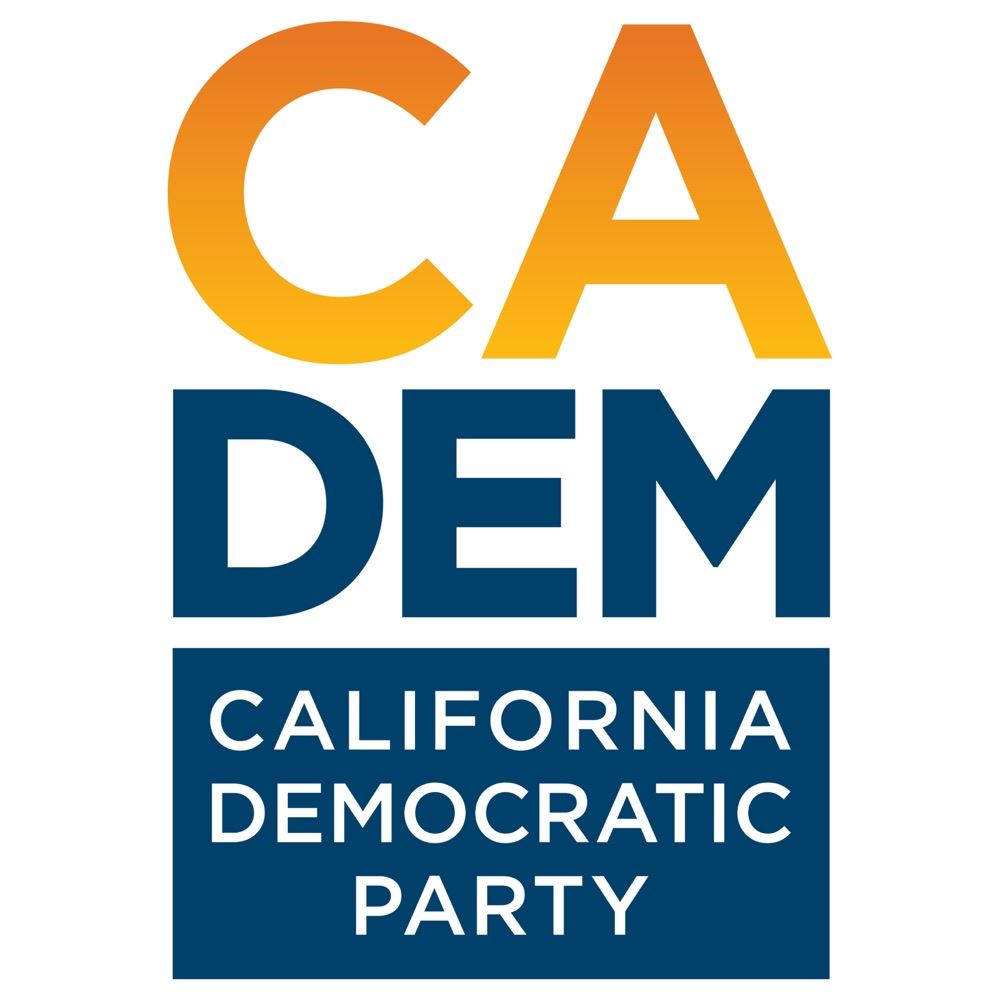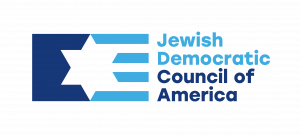 photo from a Jewish day camp in the SF Bay Area Source :Foward/JWeekly
photo from a Jewish day camp in the SF Bay Area Source :Foward/JWeekly
RESOURCE: JEWISH COMMUNITY BASICS
US Jewish Attitudes Toward Israel (Source Links at bottom of page)

What does the Jewish Community Look Like?
There are 14.7 Million Jews in the World (.02% of the world population). As of 2020, there are over 6.8 million Jews in the United States (making up a little over 2% of the US population) and about 6.9 million Jews in Israel (making up 74% of Israel's population). The largest American communities by state are in New York (9%), New Jersey (6%), Maryland (4%), Florida (3%), California (3%) , Nevada (2.5%) and Pennsylvania (2.3%). In California, Los Angeles has the largest Jewish population of over 600,000, making up 5% of Los Angeles City alone (and 10% of the vote). Jews turnout at almost double the national average. In the last 50 years, Jews have tended to vote mostly Democratic (68-75%).
While Judaism is the world's oldest monotheistic religion, Jews have elements of culture as well as religion. Regardless of where they are found in the world, Jews are generally from three distinct groups: Ashkenazi (European), Sephardic (Spanish, North African) or Mizrahi (Israel, Iran and other Middle East or Asian countries). However there are subgroups that form distinct cultures such as Yemeni and Falasha (Ethiopian) Jews. Amongst Ashkenazi Jews in particular 27% of U.S. Jews do not affiliate with a religious subgroup at all. There are four subgroups all of which came into being between 1807 (when European Jews were released from the European ghettos by Napoleon) and 1922. Orthodox Jews comply very closely with the written rules of the Torah, whether they are Modern Orthodox or Haredi or "Ultra-Orthodox") groups (Lubavitch, Hasidic Lithuanian and Agudath Israel - three groups which tend to have very similar dress and rules) and tend to be more conservative politically. Conservative Jews rely on commonly agreed to community standards to determine their faith practices. Reform Judaism is the largest American subgroup, which focus on social activism as well as inclusive and flexible religious practice to fit the beliefs of the community and individuals. Reconstructionist Judaism focuses on practicing Judaism in a world where Jewish law can no longer be enforced and also focuses on social activism as an expression of religious faith. There have been small subsects that exist but are not widely embraced such as the Ethical Culture Society, which focuses on common morality and ethics over practice or traditions, Messianic Jews (who believe that Jesus was the messiah but still practice Jewish rituals) and there are fringe groups such as the Neturei Karta, a very small fringe group of 5,000 Orthodox Jews who reject Israel's existence because the Messiah as not arrived yet and have attended Holocaust Denial conferences (Anti-Israel activists frequently try to portray this fringe group as representative of "real-Jews." They aren't.)
Although over 40% of Jewish background in Israel is mixed, Israeli Jews tend to divide along similar self-identified lines: Ashkenazi (44%), Sephardic/Mizrahi (43%) and 3.9% Ethiopian with the remainder mixed (7.4%). 67% identify as "secular", 15% Religious and 15% Ultra-Orthodox.
The Jewish community is diverse in both race and geographic makeup. While most Jews identify in part or as a whole as White, there is more diversity to it. There are sizable Jewish populations in Mexico, Guatemala and Argentina and India. New Mexico once had a large and thriving "Converso" population of Spanish and North African Jews that lived there since the 1600s. U.S. Jews tend to identify as White, but 17% percent of U.S. Jews also identify as Black, Latino/Hispanic, Asian or Middle Eastern as well and according to the 2020 Pew Jewish Survey, rising intermarriage rates have continued to expand diversity as many mixed couples still raise their children as Jewish.
While many Jews can pass as White they have not been historically treated that way. In Europe and the US, Jews were excluded from certain professions (In Europe, for hundreds of years, Jews were only allowed to work in professions that were looked down on at the time such as money lending, theater and medicine). In Colonial America, some colonies would not allow Jews to vote or own property. Until the 1960s Jews were subject to the same restrictive covenants and discrimination by police, from schools and using public facilities that Blacks, Irish, Italians and Latinos were subject to, which is one of many reasons why Reform Jews were very active in the U.S. Civil Rights, Feminist, Labor and Farm Worker movements.

Resources on Jewish Opinion, History and Demographics



